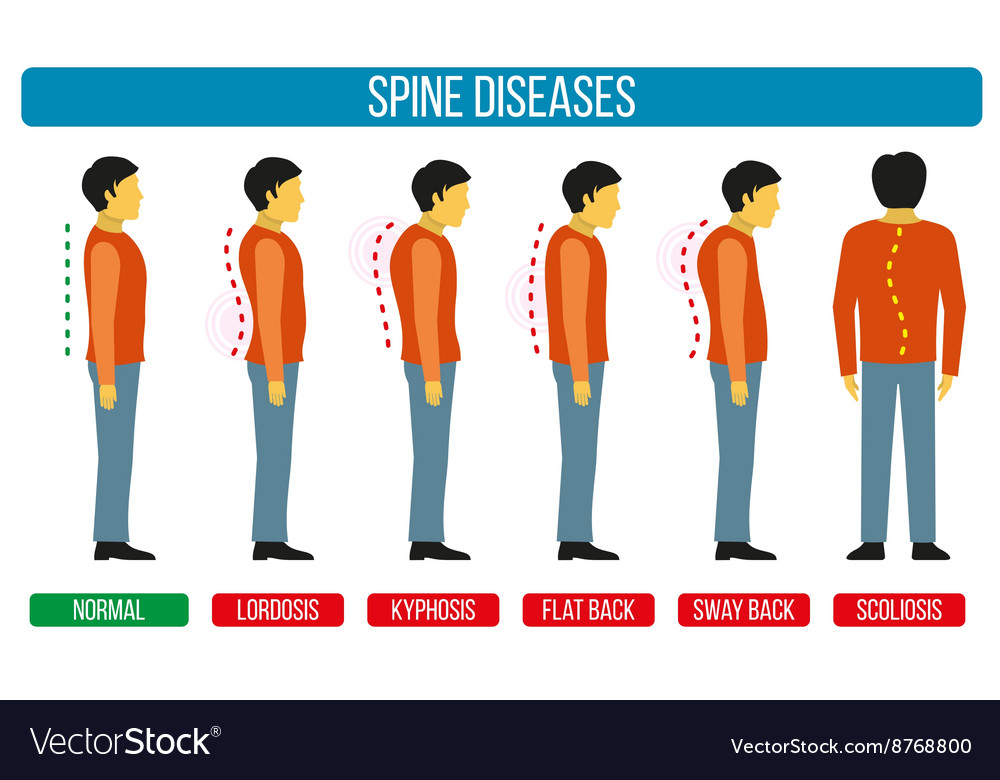Just When You Think Relief Is Near, Soft Tissue Therapy Exposes Its Uncomfortable Truths-- Uncover Why The Process Can Be Uncomfortable Yet Valuable
Just When You Think Relief Is Near, Soft Tissue Therapy Exposes Its Uncomfortable Truths-- Uncover Why The Process Can Be Uncomfortable Yet Valuable
Blog Article
Web Content Create By-Fog Thuesen
When you undertake soft Tissue therapy, you could discover it surprisingly uneasy. This pain develops as pressure is related to strained muscular tissues and damaged tissues, triggering your pain receptors. While it can really feel distressing in the minute, there's a reason behind this feeling. Understanding what occurs in manual lymphatic drainage before and after throughout these therapies can aid you value the procedure. So, just what is taking place below the surface area?
The Physiology of Discomfort During Soft Tissue Therapy
When you undergo soft Tissue treatment, your body's response to discomfort is a complicated interplay of physical processes. As the therapist applies stress, your body activates discomfort receptors, sending signals to your brain. This triggers the release of neurotransmitters, such as compound P and glutamate, which enhance the feeling of discomfort.
Your muscular tissues may also tighten in response, additional complicating the experience. In addition, your body may launch endorphins, natural painkillers that can assist reduce some pain.
The communication between these procedures can produce an unique experience for each and every individual. Recognizing this physiological action aids you browse the experiences during therapy, permitting you to value the equilibrium in between discomfort and the possibility for recovery advantages.
The Role of Discomfort in the Recovery Process
Although discomfort throughout soft Tissue treatment can really feel frustrating, it plays a critical duty in the healing process. When you experience pain, your body is signaling that it's working to fix broken cells. This action aids increase blood circulation to the afflicted location, delivering crucial nutrients and oxygen needed for recovery.
Additionally, pain can promote the release of endorphins, your body's all-natural pain relievers, developing a feeling of relief post-treatment. Embracing this discomfort can help you comprehend your body's restrictions and urge you to attend to underlying problems.
While it's uneasy now, this process is important for long-term recuperation and enhanced feature. Recognizing pain as a vital part of recovery can encourage you to remain devoted to your treatment.
Tips for Managing Discomfort During and After Treatment
Managing pain during and after soft Tissue therapy can substantially enhance your total experience and healing.
To begin, communicate openly with your specialist regarding your discomfort degrees; they can adjust strategies as necessary. Using deep breathing techniques can likewise assist you relax and relieve pain.
Take into consideration using ice to the cured location post-session to reduce swelling and numb discomfort. Staying hydrated aids in the recovery procedure, so consume alcohol lots of water.
Mild extending and light activity after treatment can promote blood flow and convenience tightness. Lastly, ensure https://spencergcwqk.blazingblog.com/33114534/i-recognize-the-lure-to-resume-your-routine-but-uncover-vital-suggestions-for-a-smoother-recovery-that-might-transform-your-healing-experience get appropriate rest to permit your body to heal.
Implementing these tips can make your soft Tissue therapy much more workable and enjoyable.
Conclusion
To conclude, while soft Tissue treatment can be uncomfortable, it's essential to identify that this pain plays a vital role in your healing journey. By comprehending the physical reactions at play, you can come close to the treatment with an extra favorable way of thinking. Remember, the first discomfort frequently gives way to alleviation as your body launches endorphins. Welcome the process, and do not wait to use the ideas for handling pain to enhance your experience and recovery.
